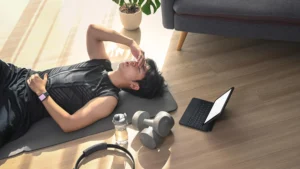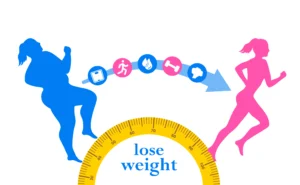Essential Things To Know About Dry Needling

Pain is not something that you should take for granted. The body feels pain as this is its signal to say that something is wrong. And if pain medications are not an option, other methods can help. One of which is dry needling.
What is Dry Needling?
Dry needling is a technique used by trained Chiropractors and Physical Therapists to help treat neuromusculoskeletal injuries and pain. Dry Needling from therapists at Living Health Group employs a thin filiform needle penetrating the skin, fascia, and muscles to resolve adhesions, trigger points, and connective tissue. It reduces muscle hypertonicity, increases joint range of motion, and corrects movement dysfunction.
Benefits of Dry Needling
Dry needling may help relieve muscular pain. It does this by relaxing the trigger points that help improve flexibility and range of motion. That’s why it’s commonly used to treat sports injuries, muscle pain, and other causes of pain and discomfort.
- Pain Relief. After one dry needling session, many patients report immediate relief from local and generalized pain. Others may require more than one session to achieve maximum pain relief. Your treatment usually depends on the severity of your condition and your symptoms.
- Improve Range of Motion (ROM.) Dry needling is frequently used in conjunction with physical therapy to regain strength and range of motion. Physical therapy also retrains muscles, which helps prevent future trigger points.
- Boost Recovery. Proper motion promotes healing and recovery after an injury or surgery. Physical therapy plays a significant part in your rehabilitation, but adding dry needling helps speed things up.
Dry Needling vs Acupuncture
Acupuncture is an ancient Chinese technique that uses meridians. An acupuncturist can work on a person’s inner balance, energy, qi, and life force. Tests include physical, tongue, and pulse. For thousands of years, people have studied and used acupuncture.
Dry needling on the other hand requires extensive skeletal and neuroanatomical knowledge. This knowledge allows one to recognize injured and overused tissues, knotted bands, and trigger points. Dry needle professionals perform a thorough examination that includes movement assessment, orthopedic analysis, and neurological testings.
Dry Needling, Is It Painful?
Adhesions, trigger points, and connective tissue are addressed by dry needling using a thin filiform needle. Some people are wondering whether dry needling is painful? Patients commonly report a mild, dull ache during and after treatment but it goes away after 24 hours. The rapid twitch response causes some discomfort, but it is brief. Also, soreness is natural after dry needling but it can be reduced by drinking plenty of water, moving around and applying hot compress on sore muscles.
A trusted therapist can do dry needling for you. If you are looking for one, then visit https://www.livinghealthgroup.com.au/. They provide expert diagnosis and treatment to patients suffering from a range of injuries. There is no doubt that dry needling procedures will be popular as more research becomes available.





